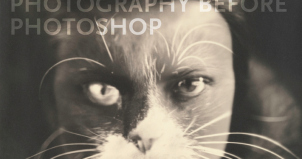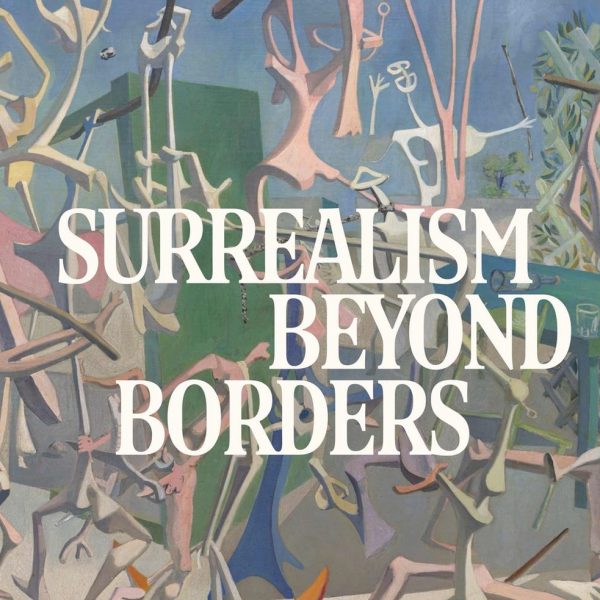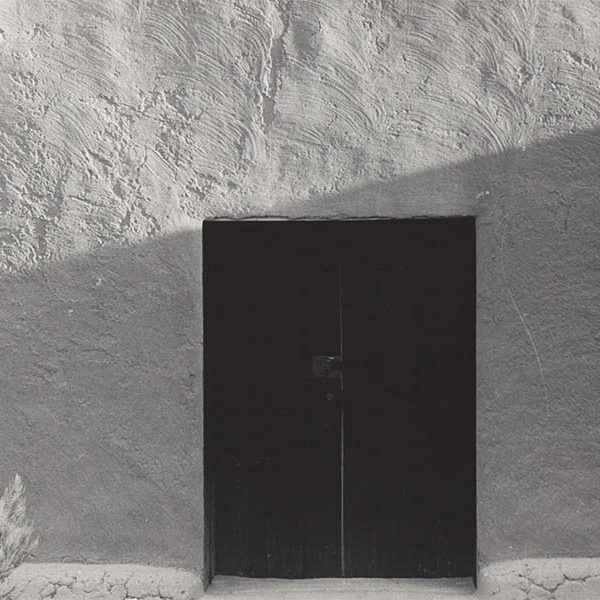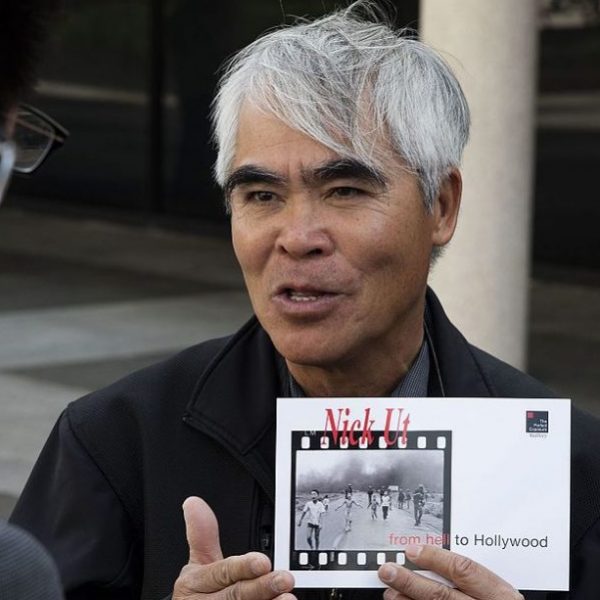Faking It: Manipulated Photography before Photoshop
Caroline Hayes—
 The widely acknowledged use of Photoshop in modern photography does not mark the emergence of manipulated photography; rather, it is a progression, or perhaps even just a technologically altered form of the medium’s original processes. Assistant Curator in the Department of Photographs at The Metropolitan Museum of Art, Mia Fineman, chronicles thistory of photography in her beautiful book Faking It: Manipulated Photography Before Photoshop and her curated exhibition of the same name currently on view at The Met. Fineman focuses on instances of manipulation that involve images with a sense of “pictorial coherence and representational illusionism; they aim to be visually convincing…” and she unveils that the determination to modify camera images was present at the very onset of the medium itself. She demonstrates that photography’s inherent realism has “always been bolstered by techniques of artifice and illusion.”
The widely acknowledged use of Photoshop in modern photography does not mark the emergence of manipulated photography; rather, it is a progression, or perhaps even just a technologically altered form of the medium’s original processes. Assistant Curator in the Department of Photographs at The Metropolitan Museum of Art, Mia Fineman, chronicles thistory of photography in her beautiful book Faking It: Manipulated Photography Before Photoshop and her curated exhibition of the same name currently on view at The Met. Fineman focuses on instances of manipulation that involve images with a sense of “pictorial coherence and representational illusionism; they aim to be visually convincing…” and she unveils that the determination to modify camera images was present at the very onset of the medium itself. She demonstrates that photography’s inherent realism has “always been bolstered by techniques of artifice and illusion.”
I was lucky enough to talk to Fineman about some of the questions that occurred to me while reading the book, and she explained to me her interest in the line that (barely) separates fiction and nonfiction:
I’ve always been attracted to the murky waters between fiction and nonfiction, fact and imagination: novels that take the form of fake memoirs, memoirs that take liberties with the truth, invented histories, con games, hoaxes, conspiracy theories, literary frauds, etc., etc. I know I’m not alone in this—it’s a major part of our zeitgeist. A few years ago, in 2008, I organized an exhibition at the Met called “Reality Check: Truth and Illusion in Contemporary Photography,” which brought together photographs of staged scenarios and constructed environments that appear to be real and photographs of real scenes or landscapes that look strangely artificial. So, I had a longstanding interest in art and artifice, but the immediate impetus for Faking It was the widespread perception that digital technology and Photoshop had stripped photography of its truth value. It seemed like exactly the right moment to look back at the history of the medium and to trace the thread of image manipulation from the 1840s all the way up to the present day.
The examples throughout Faking It that accompany Fineman’s analysis are integral to the book, and of course, to the exhibit. From staged political photographs to manipulated nudes, the book’s images are astonishing and beautiful. In conversation with Fineman, I asked if there were any images she encountered but found she could not include in the book or the exhibit:
For this project, I had the luxury of a book design that could beautifully accommodate all the images that were essential to my argument—including pictures that couldn’t be featured in the exhibition because the objects themselves were too fragile to be exhibited. For example, the book includes several “Composographs” from the notorious Jazz Age tabloid, the New York Evening Graphic. These photographs were created to illustrate scenes that were inaccessible to news cameras—society scandals, bedroom antics, grisly crime scenes. The newspaper staged the scenes using models, then the faces of the real subjects were pasted onto the models’ bodies. I was very eager to include an original copy of the Evening Graphic in the exhibition but very few survive—most libraries considered the tabloid too trashy and low-brow to preserve. Also, the Graphic was printed on the cheapest newsprint and the few surviving copies are so brittle that the pages disintegrate at the slightest touch. I tried very hard to track down an exhibitable copy with no success. Fortunately, one of the editors of the Graphic published a memoir in which he reproduced a number of Composographs, a couple of which appear in Faking It.
Fineman’s findings are impossible to deny, and lead one inevitably to ponder the effect of such discoveries. How could this understanding of photography’s origin affect the future of photography? Does contemporary photography at times respond to the medium’s manipulative roots? Perhaps attempting to escape it or perhaps attempting to embrace it? Fineman reflects:
I think it’s the prerogative of artists to take what they need from the past, to reject what they don’t need, and to engage in what Harold Bloom famously called “creative misreadings” of their predecessors. In the art world today, there’s certainly a much warmer embrace of photographic manipulation than there was in the era of “straight photography” that dominated the mid-twentieth century. Even as recently as ten years ago, I would often come across gallery press releases boasting that the photographs on view were “not digitally manipulated in any way.” In the context of photojournalism, this is a necessary claim. But in the context of fine art, it comes across as rather naïve, or maybe just nostalgic. I can’t predict what direction contemporary photography will take, and I would never presume to tell artists what to do. My main goal in organizing the exhibition and writing this book was to shed new light on an aspect of photographic history that was previously marginalized or ignored—and I look forward to seeing what kinds of readings or creative misreadings the material inspires.
Caroline Hayes is a student at New York University and former Yale University Press intern.


























